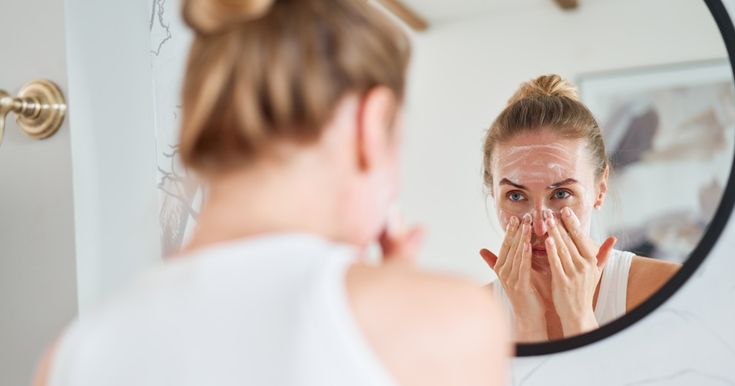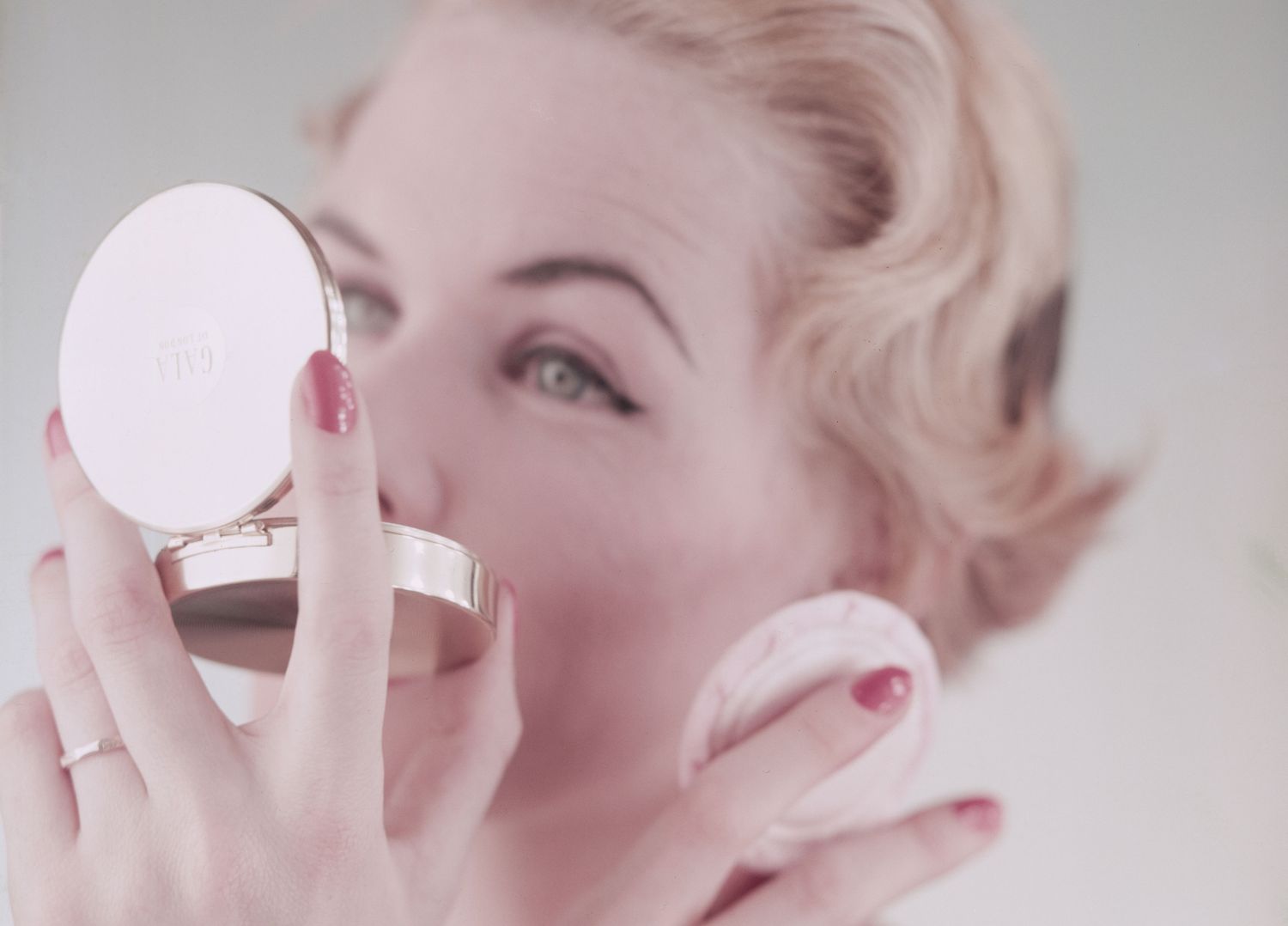Expert Tips: Managing Rosacea Redness
Rosacea is a common skin condition that causes redness and visible blood vessels in the face. While it can be frustrating to deal with, there are several effective solutions available to help manage and reduce redness caused by rosacea. In this blog, we’ll explore expert advice and strategies to tackle rosacea redness and improve the overall appearance of your skin.
Identifying Triggers
One of the first steps in managing rosacea redness is to identify and avoid triggers that can exacerbate symptoms. Common triggers include spicy foods, hot beverages, alcohol, extreme temperatures, and certain skincare products. Keeping a diary of your symptoms and identifying patterns can help you pinpoint triggers and make necessary adjustments to your routine.
Gentle Skincare Routine
Maintaining a gentle skincare routine is essential for managing rosacea redness. Opt for mild, fragrance-free cleansers and moisturizers that are specifically formulated for sensitive skin. Avoid harsh exfoliants and abrasive scrubbing, as these can further irritate the skin and worsen redness. Instead, choose products with soothing ingredients like niacinamide, ceramides, and hyaluronic acid to help calm and hydrate the skin.
Sun Protection for Rosacea
Sun exposure is a common trigger for rosacea flare-ups, so it’s important to protect your skin from harmful UV rays. Wear a broad-spectrum sunscreen with an SPF of 30 or higher daily, even on cloudy days. Choose a mineral-based sunscreen with ingredients like zinc oxide or titanium dioxide, which are less likely to irritate sensitive skin. Additionally, wear protective clothing, such as wide-brimmed hats and sunglasses, to shield your face from the sun’s rays.
Topical Treatments
Topical treatments can help reduce redness and inflammation associated with rosacea. Prescription medications like metronidazole, azelaic acid, and ivermectin are commonly used to treat rosacea symptoms. These medications work by reducing inflammation, killing bacteria, and constricting blood vessels in the skin. It’s important to consult with a dermatologist to determine the most appropriate treatment plan for your specific needs.
Lifestyle Modifications
In addition to skincare and topical treatments, making lifestyle modifications can also help manage rosacea redness. Avoiding triggers like hot showers, saunas, and steam rooms can help prevent flare-ups. Practice stress-reducing techniques like deep breathing, meditation, and yoga to help keep stress levels in check, as stress can exacerbate rosacea symptoms. Additionally, maintain a healthy lifestyle with regular exercise, balanced nutrition, and adequate sleep to support overall skin health.
Dietary Considerations
While diet alone may not cause rosacea, certain foods and beverages can trigger flare-ups in some individuals. Spicy foods, hot beverages, alcohol, and caffeine are common triggers for rosacea redness. It may be helpful to keep a food diary and track your symptoms to identify potential triggers. Consider avoiding or limiting trigger foods and beverages to see if it helps reduce redness and inflammation in your skin.
Professional Treatments
For stubborn or severe rosacea redness, professional treatments may be necessary to achieve optimal results. Laser therapy, intense pulsed light (IPL) therapy, and photodynamic therapy (PDT) are commonly used to target blood vessels and reduce redness in the skin. These treatments work by delivering energy to the blood vessels, causing them to collapse and fade over time. It’s essential to consult with a board-certified dermatologist to determine the most appropriate treatment plan for your individual needs.
Managing Rosacea Redness: Tips and Treatments
Rosacea redness can be a frustrating and challenging condition to manage, but with the right approach, it is possible to achieve clearer, calmer skin. By identifying triggers, maintaining a gentle skincare routine, protecting your skin from the sun, and considering lifestyle modifications, you can help reduce redness and improve the overall appearance of your skin. Additionally, topical treatments and professional interventions can provide further relief and help you regain confidence in your skin. Don’t hesitate to seek guidance from a dermatologist for personalized advice and treatment options tailored to your specific needs.


